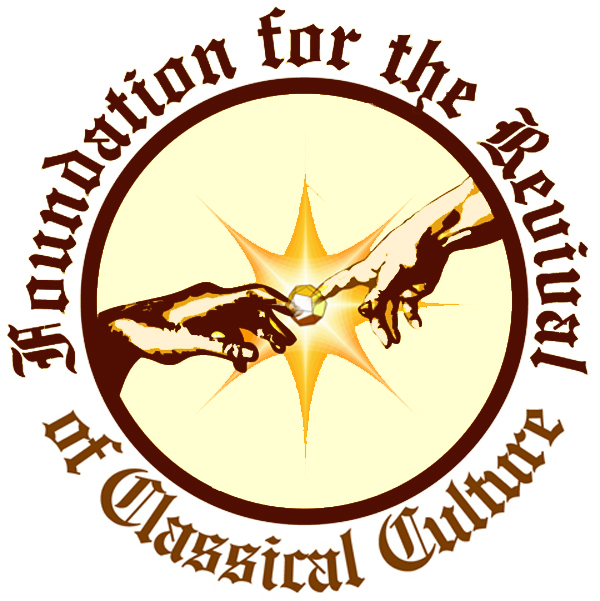DAILY DOSE of BEETHOVEN (June 23, 2020)
Each of Beethoven's five virtuoso piano concerti represents a landmark. What does the term “virtuoso” implies? Is it simply showing off one's skills and speed? For many 19th century virtuosi, unfortunately, that was the case, and the term "empty virtuosity" came to personify their concerts.
However, the term “virtuoso”, comes from the word “virtue”, implying higher moral qualities of an individual as exemplified by their skill and mastery of their art. In Beethoven’s time, society had advanced a long way from feudalism, but it was still the case that artists were considered inferior to the aristocracy. Beethoven led the way in changing that.
What is a Beethoven piano concerto? Beethoven was both the best pianist, and the best composer of his time. Both in service of virtue, and in demonstrating what a single individual can accomplish, he set a new standard. In the piano concerto, we are not only hearing a great composition, we are hearing the composer improvising, soaring, spreading his wings, and forging his way through a new discovery founded upon the highest ideals. Beethoven's wealthy patrons were in awe and wanted to experience more of such elevation of the human spirit, as opposed to the stiffness of their daily courtly life.
The Fourth Piano Concerto was the last concerto that Beethoven introduced to the public with himself as pianist. He had asked others to play it (his hearing was already bad), but they found reasons not to. Small wonder.
On June 21st, we identified the second movement as an incredible dialogue derived from the story of Orpheus and Euridice. Does the rest of the concerto relate to that story? Though the concerto was first performed in 1808, it was composed a couple of years earlier around the same time as his Piano Sonata Op. 57, the Appassionata. They bear some similarities. The piano sonata starts out with a juxtaposition. The theme is stated in F minor. It is immediately repeated in Gb major. The tones, Db to C, on the rhythm of the Fifth Symphony, play with this ambiguity of key.
As soon as we hear the opening tones of the Fourth Concerto, we know that something different is about to occur. Never before has a piano concerto opened with the piano. You always have an instrumental exposition. In the Fifth Concerto, Beethoven would take that much further, and open the work with a piano cadenza. Why? It has to do with virtue. The soloist is like the protagonist in a play, and should set the tone from the get-go. In both the 4th and 5th concerti, the piano, after making its mark, steps back, and lets the orchestra establish the major themes to be addressed.
This short opening phrase by the piano is answered by a repetition of the same phrase by the orchestra. BUT, there is a huge difference. The piano sings in G major, with B as the opening melodic tone. The orchestra answers with the same phrase, but situates it in in B Major, a key so far removed that we have to consider it a juxtaposition, or an antiphonal response. In that way it does relate to the antiphony between the strings (Furies) and piano (Orpheus) in the second movement.
We provide a short audio file makes for clarity:
https://soundcloud.com/user-216951281/beethoven-piano-concerto-number-4-op-58
We also present here a recording of the complete concerto, performed by Hélène Grimaud and Cristoph Eschenbach.
At 2:30 in this recording, we hear a quote from the Appassionata sonata.
At 4:20, the piano enters in a style that reminds us of an improvisation.
The cadenza is the place where the soloist reveals both his technical virtuosity, and his understanding of the movement. We hear echoes of the Appassionata throughout the cadenza (15:42-19:04).
The Second Movement:
There are scholars who deny any connection of this movement to the Orpheus story, but there are also many who acknowledge it. The movement is so different from anything else and is so dramatic, that it does not fit any musical form.
One respected scholar, the late Owen Jander, wrote:
“Any reader who has made a close study of the second movement of this concerto is aware that to try to relate this work to any of the recurring forms of slow movements of Classical concertos is futile. My own conviction is that any attempt to analyze the form of this movement without constant reference to its Orphic program is equally futile…In my opinion, to analyze this work without program misses the point of the form.”
Jander pointed out the resonances between Beethoven and Gluck (covered yesterday), and that Beethoven's friend, Friedrich August Kanne, had written an opera on the subject. Jander identified several points at which the text of Kanne's opera matched Beethoven's phrases. The strings, representing the Furies, enter with "Ha! Who dares approach this place?" They sing in octaves, and in harsh declamatory terms.
The piano represents Orpheus with his lyre, and sings beautifully in 4-voiced harmony, but “una corda” (using only one string per note, which gives it a very gentle and warm singing tone). He sings that he gladly enters this realm-for love.
As the movement progresses, we hear the voices of the furies softening, relenting.
Suddenly a terrifying trill erupts. We have heard it foreshadowed in the first movement at 10:34. Beethoven shifts from “una corda” to “due corda” and “tre corde”. Should we still seek literary comparisons? If not, how do we account for it? Jander suggests it represents:
1. Orpheus violating the conditionality that he not look at Eurydice until they are safely back on earth
2. Eurydice falling back
3. Her last Farewell.
How will Beethoven end this mighty work?
